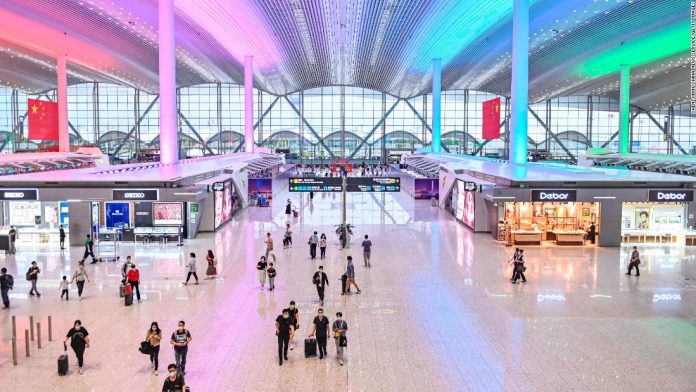Airports, as crucial infrastructure providers, play a vital role in driving significant economic and social benefits through aviation. To support this role, airports must ensure that their runways, terminals, security systems, baggage handling, and other essential facilities can accommodate expected passenger numbers, aircraft movements, and freight volumes.
Efficient and adaptable infrastructure is key to successful airport planning and design. Planners must develop facilities that are both appropriate and affordable to build and operate while being flexible enough to adapt to future needs and changes. This includes being resilient to external challenges such as environmental changes or geopolitical instability.
Published in the 12th edition of IATA’s Airport Development Reference Manual, this guide outlines the essential considerations for modern airport planning and design.
The Importance of Stakeholder Dialogue
Effective airport planning requires a comprehensive assessment of various interrelated considerations. Engaging in a healthy dialogue with key stakeholders, particularly airline users, is essential to assess operational and passenger impacts. This collaboration ensures that future scenarios are considered and that planned infrastructure is functional, fit-for-purpose, and adaptable to future changes.
Determining the scale and type of airfields, terminals, and support facilities begins with understanding market requirements and the specific needs of users. Two fundamental building blocks of airport planning are traffic forecasting and capacity assessment. These help define the required facilities, their scale, and their timing.
Traffic and Capacity Forecasts
Traffic forecasts provide estimates of future passenger and cargo volumes and aircraft activity, while capacity assessments measure not only capacity but also service and efficiency levels. The difference between a traffic forecast and a capacity assessment identifies which airport facilities need upgrading or expansion and helps determine their size and potential timelines.
Another crucial element is the airport’s concept of operations, which describes the desired operational outcomes. How a facility is operated, including the adoption of innovative technologies, can influence the utilization levels within the planned infrastructure and subsequently affect the building program.
The Role of Technology
Given the time required to bring new infrastructure into service, current processes, technology, and operating practices are likely to change. Designing future infrastructure based on current operations risks creating an airport unsuitable for emerging needs.
The role of technology in airport operations is evolving rapidly. The growth in digitalization, such as the increasing use of biometrics and contactless self-service solutions, enhances efficiency and improves the passenger experience. Technology allows for more efficient use of infrastructure, reducing operational costs and potentially decreasing the size of processing areas or deferring capital expenditure.
Strengthening Resilience
Changes in business and regulatory environments are another critical consideration for airport planning and design. Future scenarios, such as shifts in airline business models or traffic patterns and changes in security or customs requirements, may necessitate reconfiguration of terminal space. Flexible design is crucial to adapt to these changes, allowing terminals to be easily modified as needed.
Lessons learned from recent crises, such as the COVID-19 pandemic, also influence airport development plans. Incorporating design principles that strengthen resilience to future pandemics and promote user wellbeing is now essential. This includes touchless self-service solutions and enhanced air ventilation and filtration systems.
Sustainability and Climate Change
Environmental sustainability is an increasingly important issue in airport planning. Airports must address concerns such as noise, air quality, and greenhouse gas emissions. They are also vulnerable to climate change hazards like extreme weather, higher temperatures, and flooding, which can impact airline and airport operations. Risk management strategies are therefore a critical part of the design process.
A Comprehensive Master Plan
All these planning and design elements should be incorporated into a comprehensive airport master plan. This plan provides a vision and strategy that balances various elements and guides the airport’s long-term development in a logical, consistent, sustainable, and cost-efficient manner.
Once airport infrastructure projects are planned and designed, their construction and implementation must be managed efficiently to avoid delays and ensure they function as designed from day one. This seamless integration of construction factors into the planning process is crucial for the successful delivery of airport infrastructure.
In conclusion, modern airport planning and design require a multifaceted approach that balances efficiency, adaptability, stakeholder engagement, technological advancements, resilience, and sustainability. By addressing these considerations, airports can better support aviation’s role in driving economic and social benefits while ensuring they are prepared for future challenges and opportunities.
















